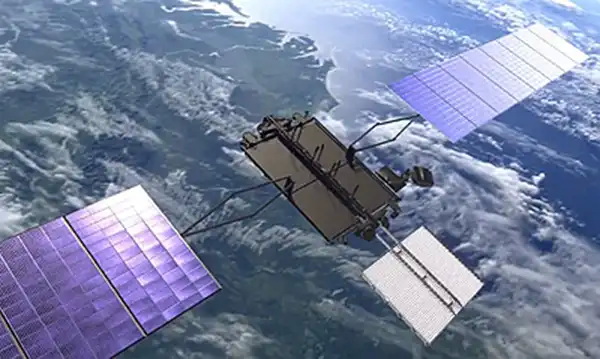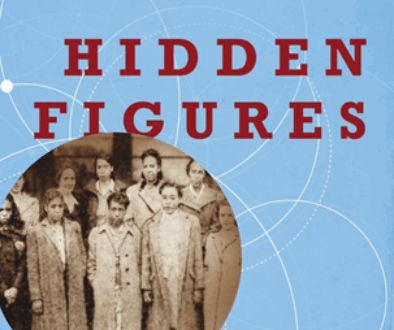Satellite Constellations Are Too Bright for Astronomy
Above is an artist’s illustration showing the second-generation model of Starlink’s Mini satellite. Credit: T-Mobile
Bright spacecraft spoil aesthetic appreciation of the night sky for amateur astronomers and interfere with professional research. But there are already several thousand spacecraft in orbit and that number is expected to grow to tens of thousands in the coming years: Industries and governments are launching six major “constellations” of communication satellites: Starlink, BlueBird, Qianfan, Guowang, OneWeb and Kuiper.
In response to this problem, the International Astronomical Union created a Centre for the Protection of the Dark and Quiet Sky from Satellite Constellation Interference (IAU CPS). The IAU CPS recently recommended brightness limits for constellation satellites. Those limits are designed to ensure that satellites in operational orbits are never visible to the unaided eye. But I (Anthony Mallama) and my colleague Richard Cole have found that companies aren’t abiding by these limits.
In dark-sky locations, people can see objects of visual magnitude 6, which I refer to as the aesthetic limit. For professional astronomers, the research limit is magnitude 7 for satellites at altitudes up to 550 km and it gradually becomes fainter at higher elevations.
To study the brightness of large satellite constellations, Cole and I combine visual magnitude estimates made by amateur observers with data recorded electronically by professionals. We have already published results for Starlink, BlueBird, Qianfan, and OneWeb spacecraft. Research is currently underway on the Guowang and Kuiper constellations.
Except for two satellite types — OneWeb and Starlink Mini satellites at 485 km — all of the satellites are brighter than the aesthetic limit. And every satellite constellation except OneWeb exceeds the research limit.
(Source: Sky & Telescope)




